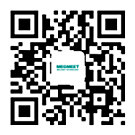I. Truck Axles: Characteristics and Advantages
In the realm of truck dynamics—engines, gearboxes, and axles—the latter serves as the linchpin, facilitating the transfer of power and playing a pivotal role in ensuring the vehicle's stability and overall power transmission.
Functionally connecting suspension to the chassis while hosting truck wheels at either end, axles serve to transmit directional forces and torque between the chassis and wheels. They are broadly categorized as integral or detachable structures. Integral axles, resembling colossal barbells, are supported by the suspension system at both ends, often in conjunction with non-independent suspensions. On the other hand, detachable axles are akin to twin umbrellas attached to each side of the vehicle, individually supported by the suspension system, and typically used with independent suspensions.
Segmented by driving mechanisms, axles branch into four types: steering, driving, steering-drive, and support axles, with steering and support axles classified as non-driving axles. Most trucks adopt front-engine rear-wheel drive (FR), utilizing the front axle for steering and the rear for propulsion. In contrast, front-engine front-wheel drive (FF) trucks utilize the front axle for both steering and propulsion, with the rear axle serving as support.
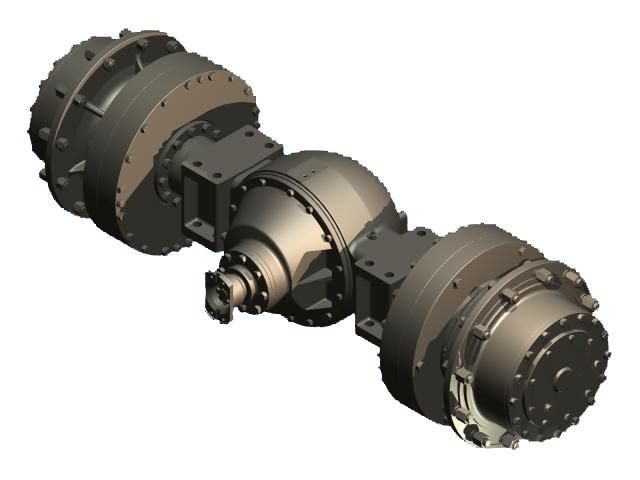
P1 Truck Axle
II. Clientele Engaging in Axle Welding Services
Founded in 1997, the Guangdong Fuwa Machinery Group stands as a global leader in manufacturing commercial vehicles (trucks, trailers, and engineering vehicles) axles, and chassis components. Operating under four major brands—FUWA (in China and Asia), VALX (in Europe), AXN (in North America), and K-Hitch (in Australia)—the conglomerate encompasses 11 manufacturing plants, 2 logistics ports, 4 overseas companies, and a Sino-German joint venture, spanning over 2.5 million square meters.
Adhering to a philosophy centered around human-centric approaches, top-tier quality, autonomous innovation, and continuous improvement, the group's subsidiaries boast certifications like ISO9001:2015, IATF16949, and ISO14001:2015, positioning them as national high-tech enterprises.
The group's core products range from semi-trailer axles, truck axles, passenger vehicle axles, engineering axles, refrigerated containers, support legs, suspension systems, saddles, traction pins, friction plates, control arms, to air chambers, and most holding proprietary technology. With quality and technical benchmarks meeting US, EU, and Australian standards, their products are exported to over 80 countries and regions, cementing the group's reputation as a revered manufacturer of specialized road vehicle components. In 2017 alone, the group's axle production and sales exceeded 1 million units, breaking industry records.

P2 Fuwa Factory
III. Challenges at Axle Welding Sites
Constructing axles primarily involves welding several parts—semi-axle casings, fixed plates, rear covers, flanges, and semi-shaft sleeves. The welding process involves overlapping welds for reinforcement rings, rear covers, and axle casings. Employing positioners to rotate axle casings, the angle set at 45 degrees, with the welding torch held vertically, synchronized with dedicated machinery for welding. The specifications entail flawless weld seams, minimal spatter, complete fusion, and a fusion depth exceeding 1mm, culminating in impeccable, leak-free, and aesthetically appealing welds.
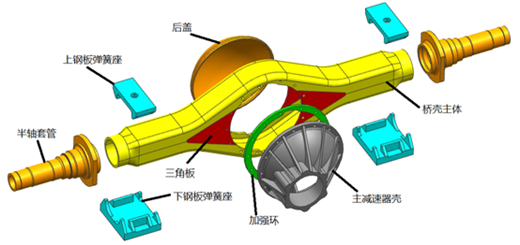
P3 Breakdown Diagram of Truck Axle
IV. Megmeet Artsen CM500F Welding Machine Features and Advantages:
In response to client needs, the recommended solution is the Artsen CM500F from Megmeet, employing carbon steel direct current short-circuiting technology. The Artsen CM500F stands as a fully digital high-frequency intelligent inverter welder, enabling direct current welding across all positions for carbon steel. This welding marvel presents numerous advantages to address client concerns:
1)Special Energy-Controlled Short-Circuit Transition Technology: Real-time control of welding current and voltage, regulating droplet transition characteristics and shapes, improving weld seam formation, enhancing welding speed, and reducing spatter.
2)Optimized Arc Initiation and Stability: Utilizing new control schemes and optimized process parameters to ensure gentle arc initiation and stable arc termination, ensuring overall weld quality.
3)Precision Wire Feeding Mechanism: Utilizing high-performance digital motors, encoders for feedback, four-wheel wire feeding, and accurate feeding structures to ensure stable wire delivery for impeccable welding.
4)Multiple Communication Interfaces: Equipped with analog, digital, and various communication interfaces, enabling seamless communication between dedicated machinery and robots.
5)High Power Reliability: Ensuring parameter consistency, guaranteeing the stable and reliable welding of bulk weld seams by specialized equipment over extended periods.
V. Comparative Analysis of Axle Welding Effects
By employing the Artsen CM500F welding machine in conjunction with dedicated machinery for welding, the outcomes are striking — clean surfaces, minimal spatter, adequate fusion depth, and excellent fusion. These enhancements result in seam qualification rates surging beyond 99%, accompanied by an 18% increase in welding efficiency.
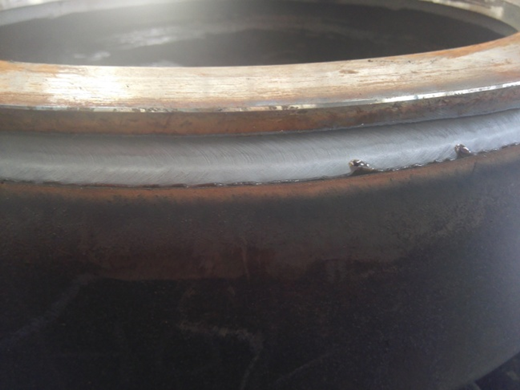
P4 Welding Seam
VI. Application of Artsen CM500F Welding Machine
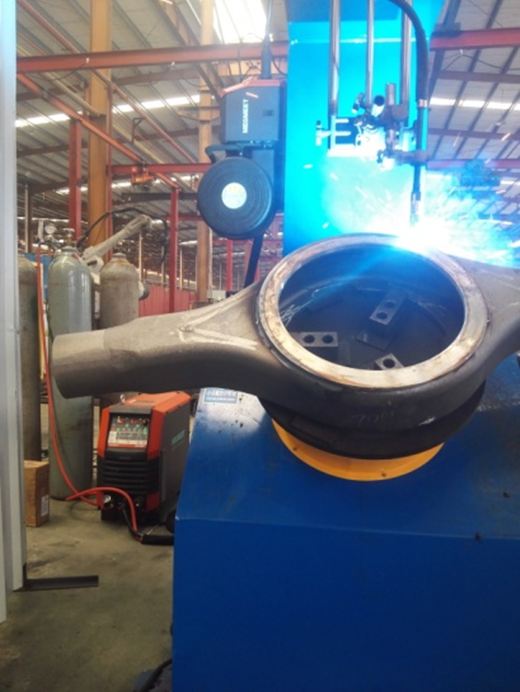
P5 Artsen CM500F On-site Welding








